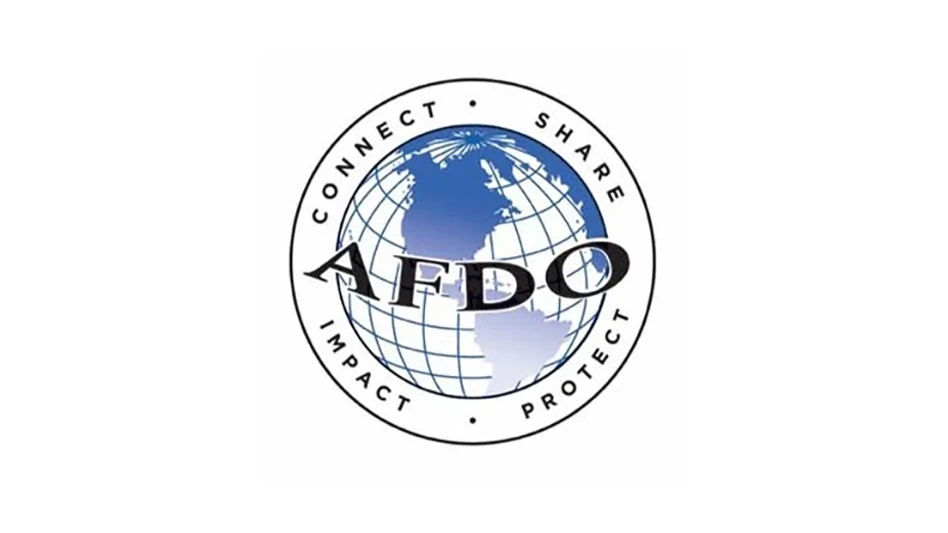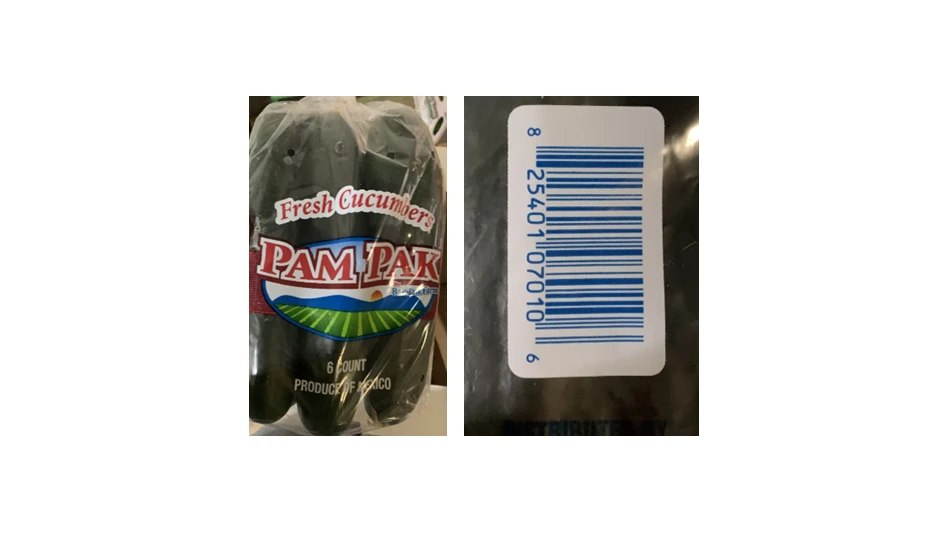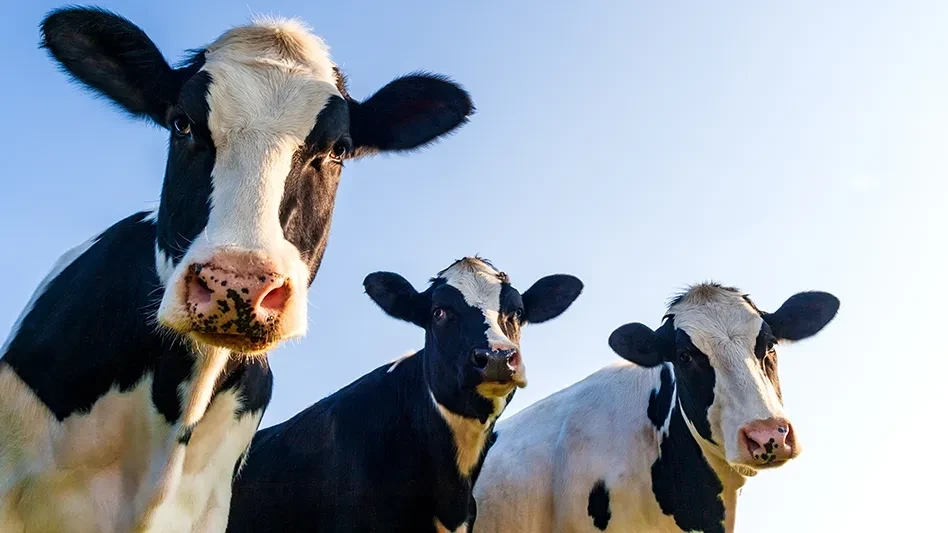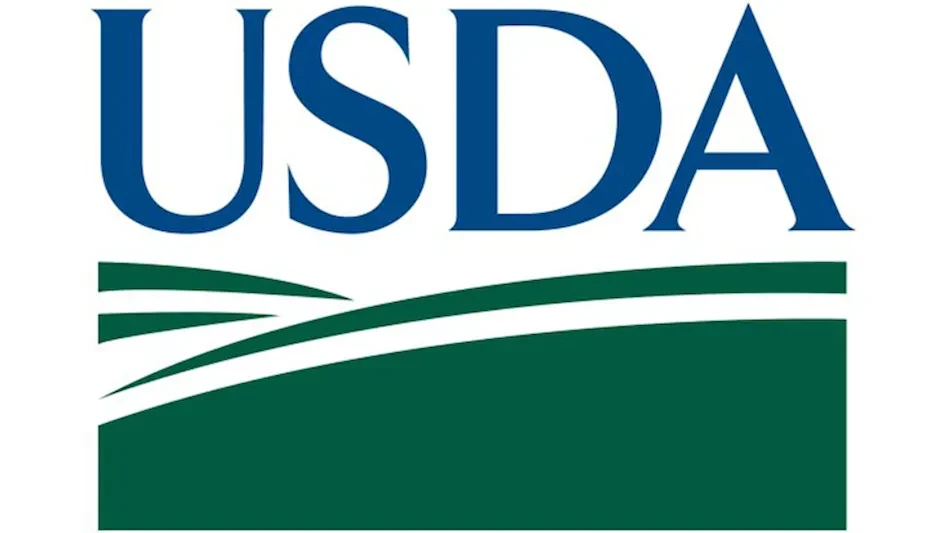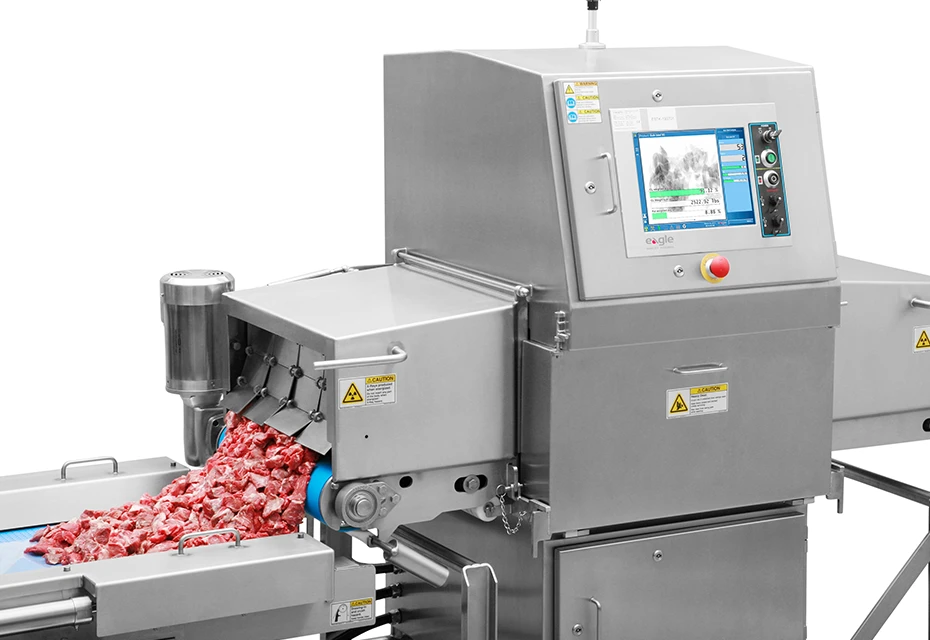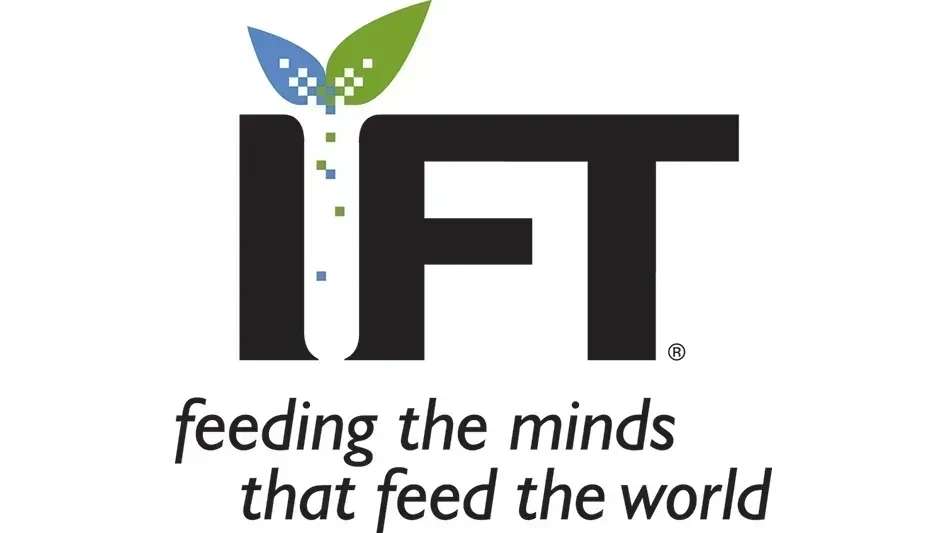
1. What is process monitoring, and what is the purpose?
From a quality perspective, process monitoring is the combination of indicating technology installed in processing units, product sample frequency and tests performed to assure quality/process control. The test sample interval chosen for process monitoring allows early detection of failures. This is often referred to as the Short Interval Control.
2. How important is routine process monitoring in modern dairy processing?
The scale at which dairy foods are produced, and the speed it is done, drives the importance. A full truckload of finished goods can be produced between a process check interval of the standard hour. Without routine process monitoring (raw milk, pasteurized milk, milk products, ingredients, critical process steps, environment, etc.), there is risk that a defect will not be caught and moves past direct control toward customers/consumers.
3. What are the less obvious benefits of routine, and/or continuous process monitoring?
Routine and continuous monitoring, whether it be an application like Near Infrared Spectroscopy (NIR) for components or aseptic inline sampling, keeps products hygienic. Additionally, rapid feedback allows timely adjustments to parameters for consistency and economic benefit(s).
4. Is it a sound strategy to consistently collect and test samples at each step of the process?
If the process data indicates a process is in control, then it is a judgment call to add frequency or complexity to a sampling plan. Focus should not be at every step of the process, but at each point where control can be adjusted to ensure consistency while maximizing value to you and the customer.
5. Should process monitoring techniques be limited to pasteurized milk processing?
Though the pasteurization step is a critical control point, and must be monitored, our attention is best widened to capture any quality control points that ensure customer and company expectations for consistency and value are maximized. The environment the processing units are housed in, and the air quality present, must also be monitored to demonstrate hygienic control. These are the differentiating factors high-volume, fast-paced dairy product converters, packagers, distributors, retailers and consumers draw on when they make a purchasing choice.
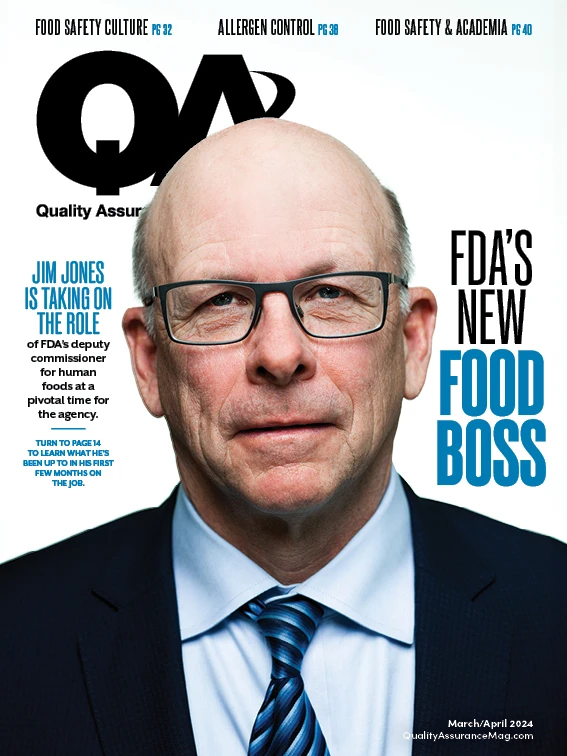
Explore the March/April 2024 Issue
Check out more from this issue and find your next story to read.
Latest from Quality Assurance & Food Safety
- IDFA Presents Leadership Award to Six Federal Officials at Annual Celebration of Dairy Reception
- Seeding The Future Global Food System Challenge is Changing Lives: Winners Reflections
- Raw Farm Products Recalled Following Bird Flu Virus Detections
- FDA Issues 2024 Voluntary National Retail Food Regulatory Program Standards
- GSA Launches Assurances Platform, Prism and Webinar Series in Partnership with Wholechain
- Multistate E. coli Outbreak Linked to Iceberg and Romaine Lettuce Blend
- FDA, USDA Seek Information About Food Date Labeling
- William Marler, Food Safety Advocate and Lawyer, Condemns Lack of Safety of U.S. Food Supply
